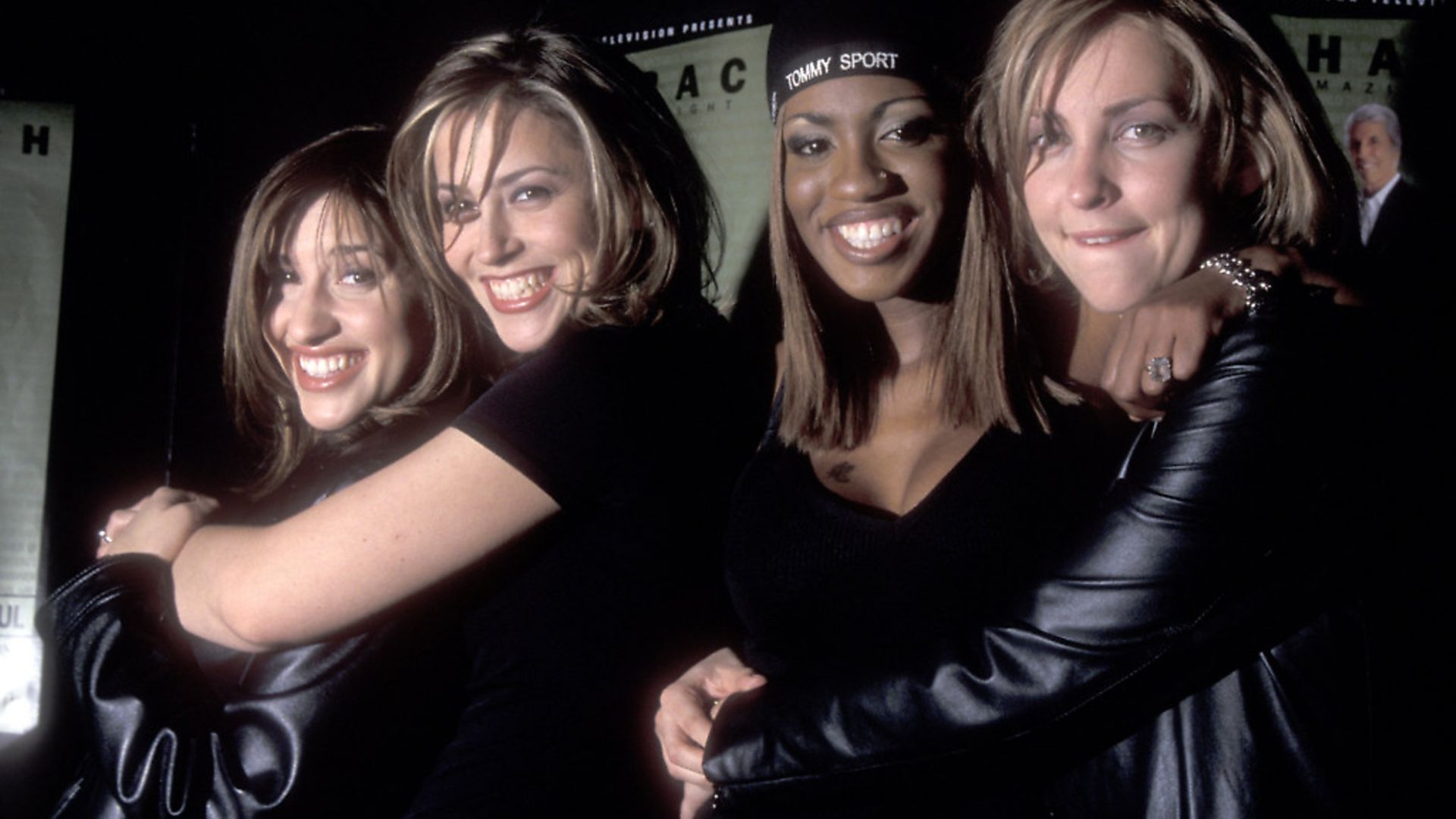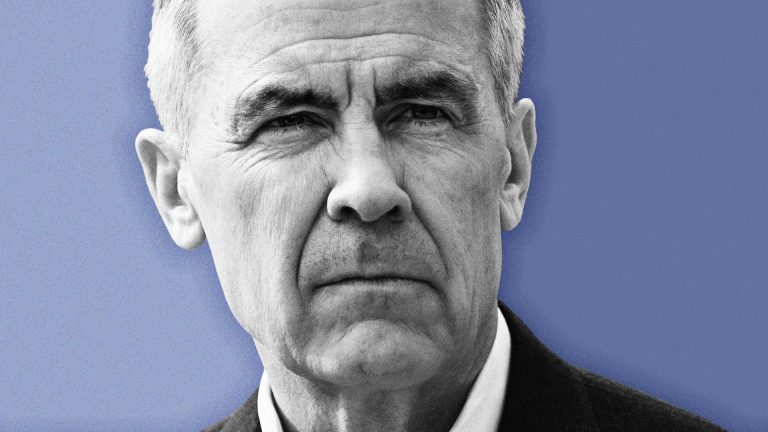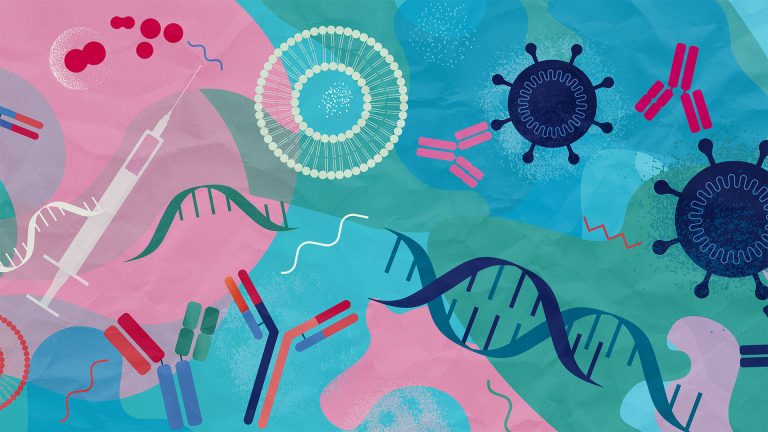
SOPHIA DEBOICK on a barnstorming year when female performers took the lead on pop.
Despite April’s Good Friday Agreement, the Omagh bombing, war in the Congo and Kosovo and UN weapons inspectors being expelled from Iraq, it was another story that dominated the year.
When the Washington Post reported in late January that Bill Clinton had had an affair with White House intern Monica Lewinsky, the president swiftly issued his famous finger-wagging denial: “I did not have sexual relations with that woman.”
He had, of course, been wagging more than his finger in the Oval Office, and by December impeachment proceedings had begun. Meanwhile, April saw George Michael arrested for a ‘lewd act’ in a Beverly Hills public convenience, an incident lampooned by the singer himself as he danced in a toilet dressed as an American cop in the video for his October single Outside.
But in this year of willy-waving, the charts undoubtedly belonged to female artists, as they broke records and enduring new talents emerged, at a time before the internet fragmented popular culture and pop still ruled.
The masculine was apparent in its worst form in British pop culture, as lad culture reached a crescendo. FHM and Loaded magazine were at their commercial peak, the latter shifting approaching half a million copies a month, and Lock, Stock and Two Smoking Barrels gave birth to many a plastic gangster.
The singles for the 1998 World Cup – the execrable Vindaloo, and a rehashed version of Three Lions – were joined by the lingering presence of the worst swaggerers of Britpop. While Oasis fully proved their bloated self-indulgence with the sprawling All Around the World, an over nine minute long No.1 single, The Verve’s mega-selling slice of earnestness, the previous year’s LP, Urban Hymns, stayed at the top of the album chart well into 1998.
Some the biggest sounds of the year were certainly a male-dominated affair. The Beastie Boys made a bombastic comeback with Intergalactic and Body Movin’, the former managing a UK No.5 in the summer. Big Beat truly broke big as Fatboy Slim’s The Rockafeller Skank was a huge hit from June, having been preceded by the No.1 success of Norman Cook’s remix of Cornershop’s Brimful of Asha.
French house scored a big summer hit with Stardust’s thoroughly feel-good Music Sounds Better With You, a one-off project from Daft Punk’s Thomas Bangalter, while Jason Nevins’ hip house remix of Run-DMC’s 1983 single It’s Like That had a six week run at No.1. Massive Attack’s Teardrop – hitting No.10 in April – was the commercial apotheosis of trip hop.
While none of these genres had a high representation of women, the arresting vocals of the Cocteau Twins’ Liz Fraser on Teardrop was a sign of the way women were cutting through to make the most successful records of the year.
Ultra-pop was clearly alive and well in the late 1990s, and it was female-fronted. Danish-Norwegian group Aqua followed up their notorious Barbie Girl with Doctor Jones and Turn Back Time as UK No.1s. There was also the continued success of Steps, the emergence of the Vengaboys, and Italian dance project The Tamperer’s Feel It, a near-mash up of the Jacksons’ Can You Feel It and Urban Discharge’s Drop a House (On That Bitch), making “What she gonna look like with a chimney on her?” the phrase of the year.
Boybands were fading into the background slightly, and girl bands were firmly in the ascendant, even if the Spice Girls were on their last legs. Geri Halliwell had left the band in May, and Mel B was first out of the starting blocks on a solo career with a No.1 single with Missy Elliott, I Want You Back, in September, swiftly followed by Mel C’s fun No.3 hit with Bryan Adams, When You’re Gone. The band wrapped things up with two downbeat singles – Viva Forever and the 1998 Christmas No.1 Goodbye.
There were plenty of pretenders to the Spice Girls’ throne waiting in the wings. Irish girl group B*Witched, formed around the nucleus of 18-year-old twins Edele and Keavy Lynch, had three consecutive No.1s – C’est la Vie, Rollercoaster and To You I Belong – and were the youngest band to ever enter the chart at No.1 with C’est la Vie, a Billboard Hot 100 Top 10 single, no less.
Their Irish-folk-meets-pop schtick was echoed by the less youth-orientated but still female-dominated sibling outfit The Corrs, who burst onto the scene with a dodgy cover of Fleetwood Mac’s Dreams, scored two other Top 10 singles and had the biggest-selling album of the year.
Channelling the Spice Girls’ Monkees vibe were Manchester’s Cleopatra, another group of teenage siblings, who had three Top 5 singles, scraped the Top 30 in the US, and had their own show on CITV.
They signed to Madonna’s Maverick label and looked set for massive things, but were dropped within a few years. Oldest sibling, the eponymous Cleo, was last seen as a contestant on The Voice in 2013. London’s Honeyz scored two Top 5 singles with their American-style R&B ballads Finally Found and End of the Line. But the hottest property was All Saints, who broke through with a string of No.1s: Never Ever, Under the Bridge and Bootie Call. They screamed ‘urban’ and generally looked like they didn’t care, making the Spice Girls’ technicolour perkiness, whether it was all thoroughly knowing or not, look old hat.
From across the pond there was more sass with Brandy and Monica, yet another pair of teenagers, putting their The Boy is Mine at No.1 on the Billboard chart for a staggering 13 weeks (only B*Witched could keep it off the top in the UK, where it stalled at No. 2). Destiny’s Child’s debut single No, No, No was a Top 5 on both sides of the Atlantic. Then a cheaply-dressed four-piece, in retrospect the band seemed an unlikely training ground for Beyoncé as a future icon.
But it wasn’t all about girl groups, and female solo artists, both old and new, made the year their own. Madonna found Kabbalah, teamed up with producer William Orbit and made a post-Evita and post-baby comeback with her most critically acclaimed album to date, Ray of Light. The title single and the ethereal Frozen made large impacts on the singles charts. British one-hit wonder Billie Myers bagged a US No.15 with Kiss the Rain, produced by Desmond Child, the man behind Bon Jovi and Aerosmith’s stonking soft rock hits.
Lauryn Hill released her acclaimed debut The Miseducation Of Lauryn Hill and Shania Twain made the crossover from the country charts to the mainstream with You’re Still the One, which became one of the biggest singles of the year internationally.
Since December 1997’s Titanic was still an ongoing sensation, sweeping the board at March’s Oscars with 11 awards, Celine Dion’s tie-in single My Heart Will Go On unsurprisingly hit made No.1 on both sides of the Atlantic in February, while less spectacularly, but with no less longevity, The Cruise’s Jane McDonald found herself with a No.1 album aged 45.
Age was indeed a theme as, at 52, Cher became the oldest female solo artist to top either the Billboard Top 100 or the UK chart, with Believe, a song that combined danceability, an anthemic chorus and a gimmick – a vocoder-like effect created by tinkering with Auto-Tune. It was the biggest UK single of the year and the highest-selling single ever in the UK by a female artist. But several very young women were also setting records. Billie Piper – at 15 – was the second youngest female artist to have a UK No.1, after Helen Shapiro in 1961, with Because We Want To, following it up with another chart topper, the autumn’s Girlfriend. LeAnn Rimes, also 15, set a record for weeks on the Billboard charts – 69 – with the country-tinged How Do I Live, written by queen of the power ballad Diane Warren (Warren also wrote Aerosmith’s appropriately overwrought single, I Don’t Want To Miss A Thing, for the blockbuster film of 1998, Armageddon). Sixteen-year-old Britney Spears’ debut single, …Baby One More Time, released in October, wouldn’t make an impact on the charts until the following year. But a 12-year-old Charlotte Church was the youngest of the new stars, her Voice of An Angel going triple platinum.
The landscape was about to change. In September, Google was incorporated as a private company, its base then a garage, its staff numbering three. Having been one of the first artists to release an online-only single back in 1996, David Bowie launched his own internet service provider, BowieNet. In an interview with Jeremy Paxman months after the launch, he was eerily prescient in his foretelling of the cultural impact of the internet, saying: “The interplay between the user and the provider will be so in simpatico it’s going to crush our ideas of what mediums are all about.”
This was a time before Facebook, Twitter or Instagram, when less than 10% of UK households had internet access – the power of the audience to remake the culture they consumed through their online activity was far from fruition. But for now, the old barriers remained, and looking back at 21 years ago, it seems a quaint age indeed.











